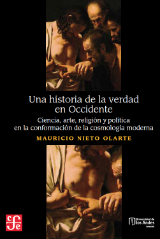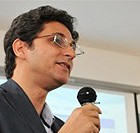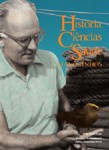Sept 2015

Artistic intervention on illustration of Johann Baptist Zwecker, Aventura noturna com jacaré, 1864.
(BATES, Henry Walter, The naturalist on the river Amazons. London: John Murray, 1864, p.370).
In the first decades of the twentieth century, polio epidemics devastated rich and peripheral countries, causing fatalities and leaving thousands of children and adults paralyzed. The epidemics also reached Latin America.
In order to contribute to the Ibero-American historiography of polio in modern times, the journal Historia, Ciências, Saúde, Manguinhos brought together in the dossier “Histories of poliomyelitis” articles that discuss the disease and policies taken against it in countries such as Spain, Cuba, Argentina and Brazil.
Coordinated by the researchers Adriana Alvarez (Universidad Nacional de Mar del Plata, Conicet) and Dilene Raimundo do Nascimento (Casa de Oswaldo Cruz / Fiocruz), the dossier gathers articles of researchers of the “Red de Estudios de la Polio y de la Síndrome Pós-polimielitis en Iberoamerica”.
Apart from this thematic dossier, this new issue of HCS-Manguinhos, brings an article about the debate over theories about the propagation of yellow fever in the São Paulo press. The researchers Soraya Lódola and Edivaldo Góis Junior, of the University of Campinas (Unicamp) made a documentary research collecting articles of newspapers and journals published in São Paulo between 1895 and 1903, a time that saw high indices of the disease in Brazil.
The issue also features a selection of articles spontaneously submitted dealing with a range of issues, such as an Argentinian research on attention deficit and hyperactivity in children.
Click here to read the full issue of HCSM (vol.22 no.3 Rio de Janeiro jul./set. 2015). Enjoy the reading!











